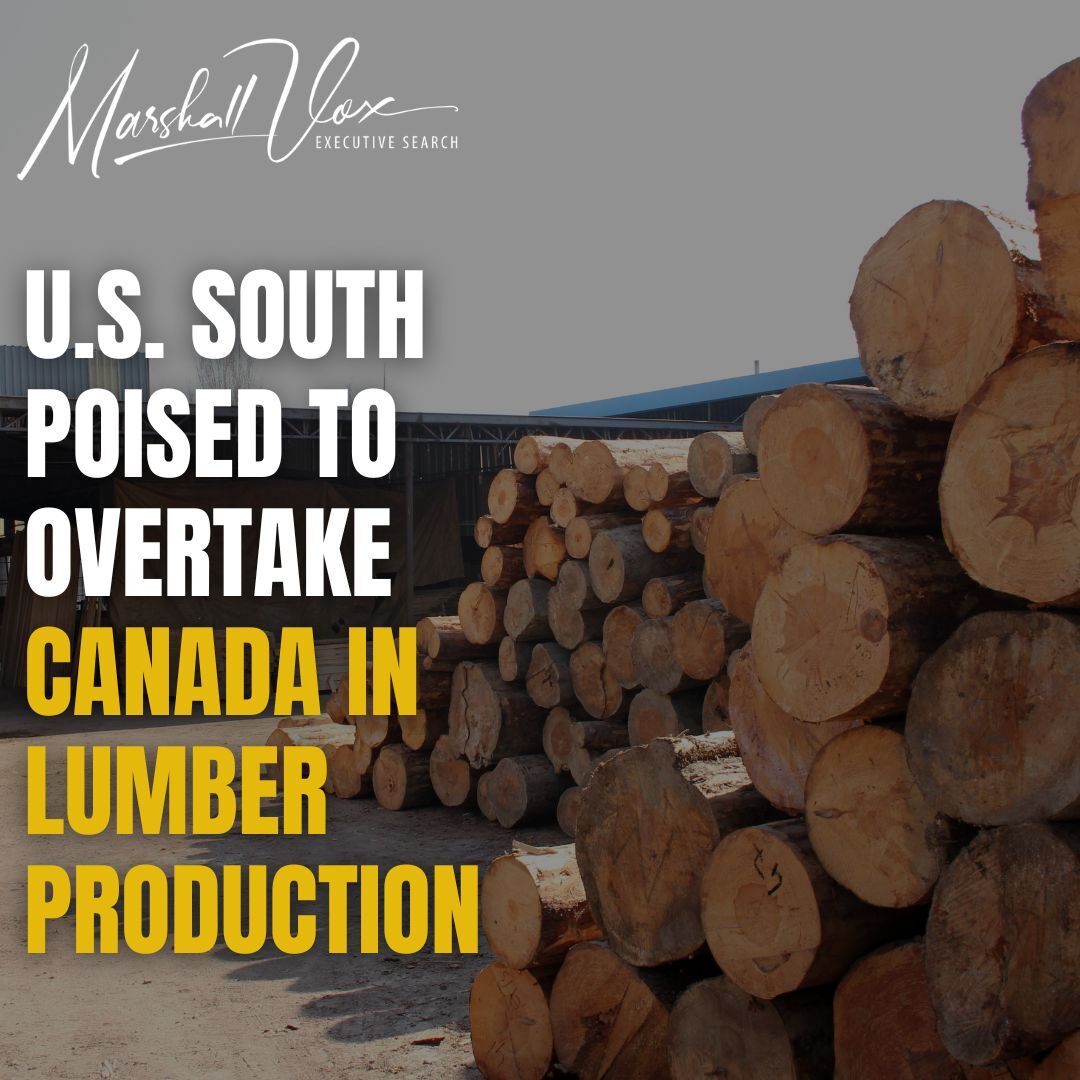Not surprisingly, Canada has virtually dominated the global lumber industry, thanks to its massive forests and well-established timber markets. The industry is based on the latest trends. However, the United States South is emerging in lumber production and is well-positioned to surpass Canada in total timber volume, thereby reshaping the North American wood panorama. The article covers the shift’s reasons, implications for the lumber trade, and future challenges and prospects.
The Rise of the U.S. South
Historically, Canada has been the largest producer of softwood lumber in North America. However, lumber production in the U.S. South has made great strides in the past decade. With suitable climate conditions, plentiful forest resources, and a flourishing sawmill industry, the US South promises to become an integral part of the large global timber market.
The region’s extensive forest resources are a reason for this trend. The South possesses some of the world’s most massive and highly productive pine forests, from which it draws large volumes of softwood lumber. The region’s extensive history of timber harvest has established robust infrastructures, particularly advanced sawmills and wood processing facilities, which have enhanced the region’s potential.
Besides that, the U.S. South has gained extensive investments in forestry management practices and technology. Modern equipment and improved harvesting methods have enabled gain optimization while following sustainable practices. Focus on innovations has allowed mills from the South to produce more, produce more efficiently, and do it at lesser costs.
Economic Factors Driving Growth
Many economic factors have contributed to the U.S. South surpassing Canada in lumber production. First, the ever-growing demand for wood products, especially in housing, has increased lumber production in the region. Boosting the U.S. residential construction market has led to continuous high market demand for high-quality lumber, and the South has been well-positioned to meet that demand.
In addition, labor costs in the U.S. South are usually lower than those in Canada, giving the region a cost advantage in production. Therefore, U.S. mills can sell lumber at more competitive prices, which has attracted more domestic and international buyers.
The increasing production of Southern lumber in the United States also involves trade policies. The rising cost of imports from Canada because of tariffs and trade disputes between the U.S. and Canada has made an opening for the producers in the United States to capture a higher market share, especially within the housing sector in the United States, where demand is high.
The Role of Technology and Sustainability
The expansion in the lumber production capacity of the southern United States will undoubtedly impact the global market. The region is well on its way to overtaking Canada in production levels, thus tilting the balance of the timber industry in North America toward this region. The new dynamics this creates will change the structure of global lumber supply lines and ensure that the U.S. South becomes a commanding country in wood product exports.
Challenges Ahead
Although the United States Southern region has structure, some challenges lie in maintainability and sustainability in the increasing demand of November. It is imperative to develop an excellent balance strike and environmental conservation practices so that the development of lumber production will not end up causing sickness and harming potential supply chain disruptions that may also challenge Southern lumber. To maintain competitive advantages, the U.S. South must address these issues through workforce development, strategic investment, and continued technological innovation.
Conclusion
The rapid surge in lumber production in the U.S. South will indicate a drastic shift in the North American timber industry. The region is poised to overtake Canada in timber production due to its abundant forest resources, low production costs, and investment in technology and sustainability. This will, in turn, significantly affect the international lumber market and create opportunities and challenges for every player therein. Therefore, the increasing importance of the U.S. South underscores the dynamic nature of the global immigrant trade.
For more in-depth information on this developing story, visit U.S. South Poised to Overtake Canada in Lumber Production.




